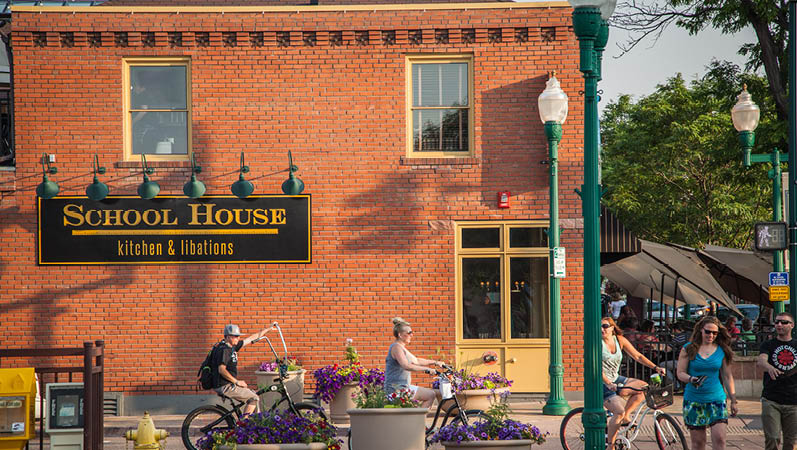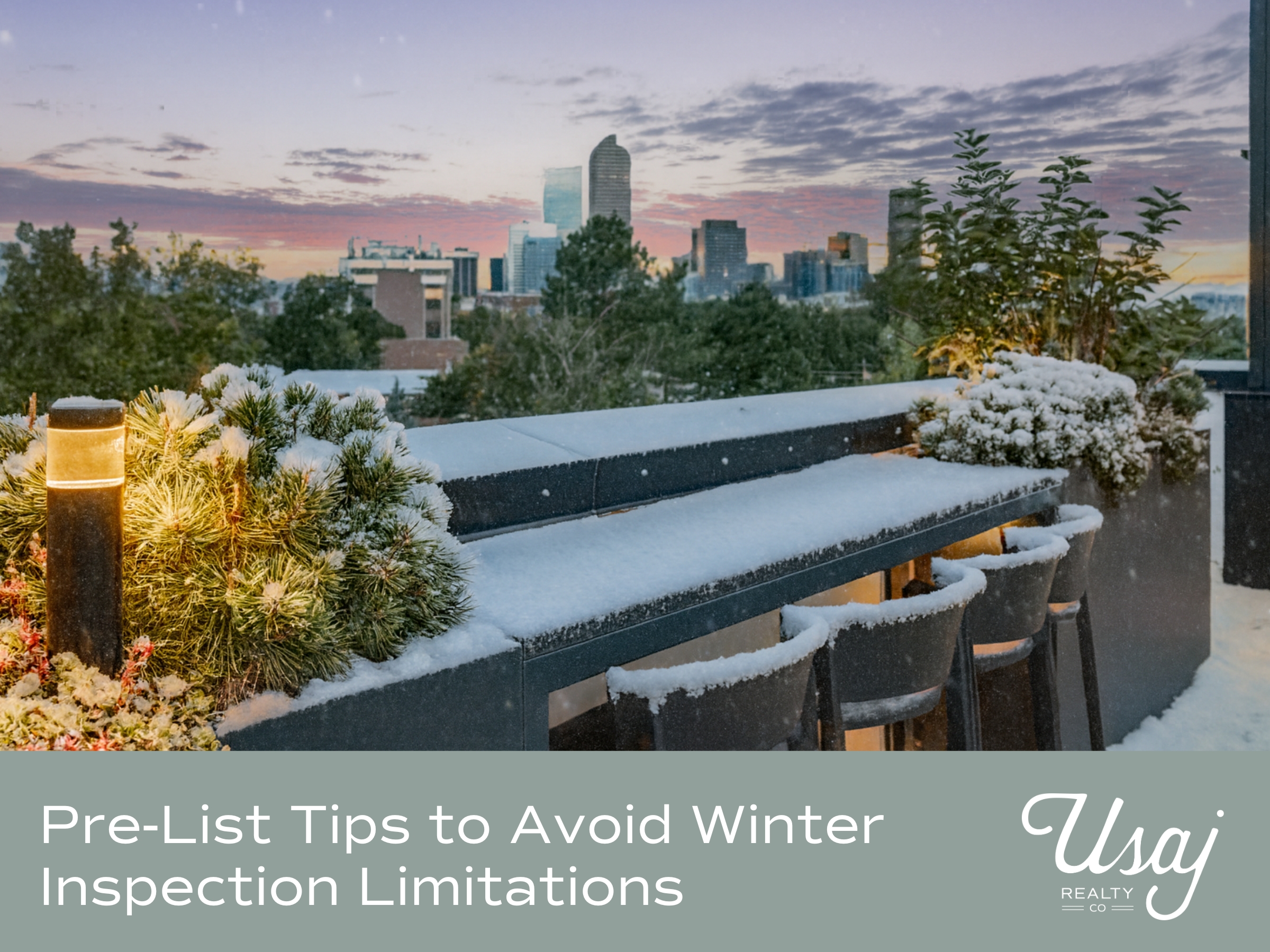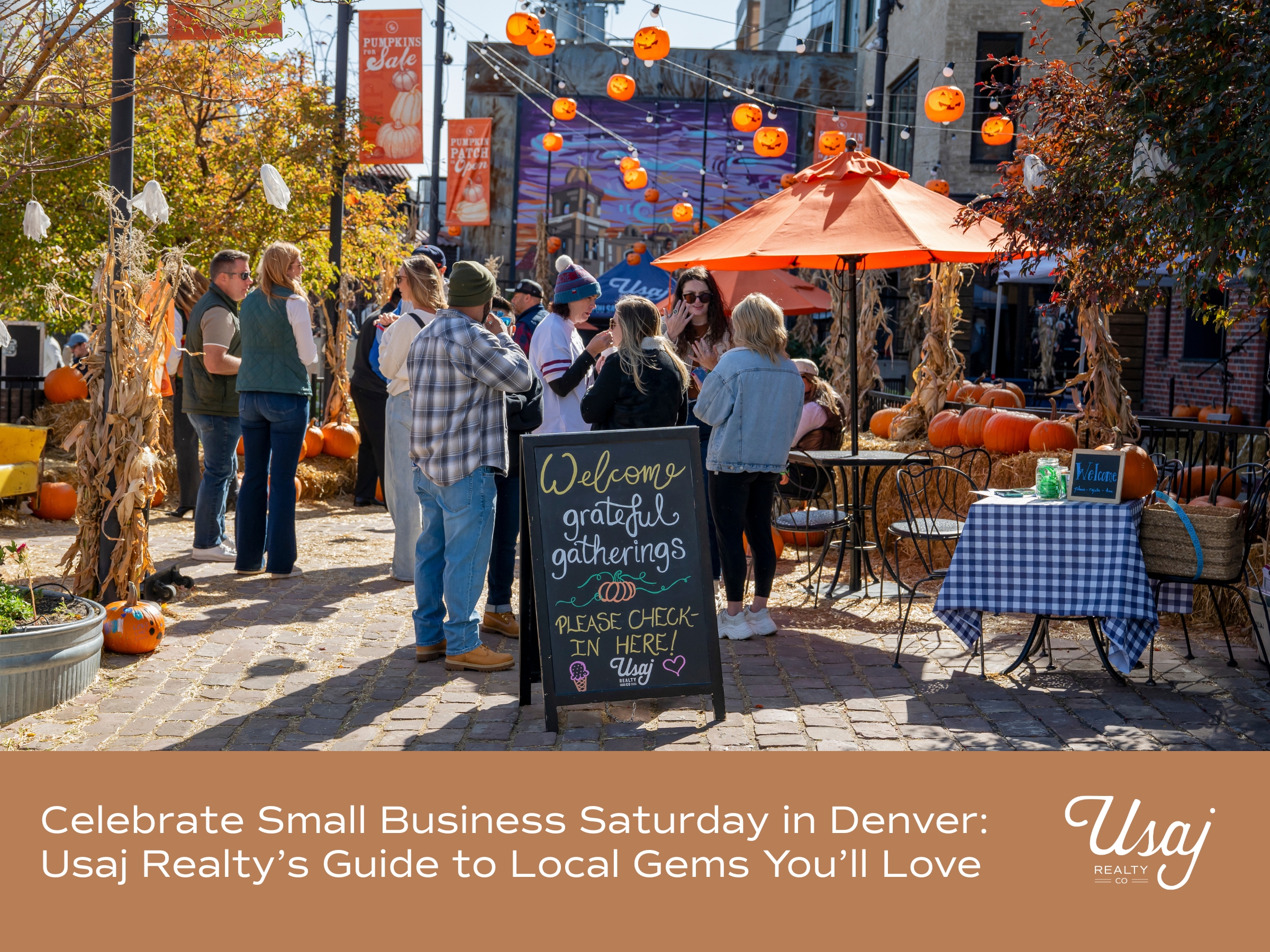Booming Suburbs: Denver’s Next Big Growth Hotspots
For nearly a decade, Denver real estate has enjoyed boom times.
Unfortunately, the downside to this is that for many individuals the red-hot Denver real estate market continues to be out-of-reach, especially for first-time home buyers. The average single family home has increased over 12 percent from last year. Through the end of September, the average sale price of a single-family home in Denver was $599,418; median price was $510,000.
The condo market was a bit more attainable for home buyers. The average price for September was $384,397; median price was $334,752. Still, prices were 7 percent above last year at this time.
As a result, many people who had hoped to buy a home in Denver are now considering the suburbs for their next home. Getting more bang for their buck, access to quality schools, convenient public transportation and a variety of employment options in the Denver suburbs are gaining favor with millennials.
Aurora

While stigmatized over the decades because of its urban sprawl, and perceived lack of character and cookie-cutter homes, people are still drawn to Aurora because of its affordability, the Cherry Creek School District, access to the RTD light rail and plentiful parks and recreation outlets. People who live here love their neighborhoods and appreciate all the city has to offer.
Aurora is no stranger to growth. In the late 1970s and early 1980s, Aurora was the fastest growing city in the United States as many people opted to leave Denver for a suburban setting.
As the third largest city in Colorado, Aurora encompasses a whopping 154 square miles and three counties: Adams, Arapahoe and Douglas. Situated east and southeast of Denver, Aurora has taken advantage of its ability to grow and is one of the few cities that continues to see new homes being built within the city limits.
With the RTD’s R Line, light rail service now threads through the heart of Aurora. The 10.5 miles of light rail connects at Nine Mile Station, up I-225 to the Peoria Station and on to the University of Colorado A Line. The R Line provides easy connections, making it more convenient than ever to get to the airport, the Denver Tech Center or downtown Denver.
The massive Cherry Creek School District, considered one of the best in the state, includes large sections of Aurora. Ensuring a good education for their children is often a priority for young families and as a result, Aurora is frequently at the top of their real estate short list.
Residents in Aurora enjoy many recreational outlets including six major public golf courses, 100 parks, miles of biking and walking trails, two reservoirs (Quincy and Aurora) and over 5,000 acres of open space. The Stanley Marketplace has also become a staple to the area since it’s opening in 2016. Find it at 2501 Dallas St, Aurora, CO 80010 and enjoy perusing the many shops, retailers, restaurants, and more.
Thornton

This suburb on the north end of Denver is enjoying a resurgence with a new shopping mall development as well as the brand new RTD N line rail service. Like Aurora, Thornton continues to see home builders construct new communities with affordable homes that appeal to first-time home buyers and young families.
Boasting 137,000 people within a 37 square mile area, Thornton is the sixth most populous city in Colorado. It was named after former Colorado governor Dan Thornton and was incorporated in 1956. More than 60 years later, Thornton has seen massive growth and expansion as the city’s boundaries continue to change and expand.
Its residents enjoy easy access to I-25, C-470 and I-76, and RTD has stretched its FasTracks program to the north through Thornton with the N line. This new light rail line is designed to have nine stations, which will allow residents to travel to Union Station in Denver as well as other points in Adams County. Currently, seven stops (including Union Station) are functional.
Denver Premium Outlets is located at I-25 and 138th Ave. Offering brand names at reduced prices, this large shopping area is LEED certified and features a Colorado outdoor shopping experience. Top Golf is also a huge draw at 160th and I-25 in the Larkridge Retail Center.
Projections indicate over the next seven years there will be massive development along the I-25 corridor and population in Adams County, in which Thornton is located, is expected to grow over 20 percent.
Arvada

With its endearing downtown and easy light rail access to downtown, Arvada has become one of the favorite communities for millenials. This bustling community with its abundance of breweries and coffee shops is a favorite of millennials.
For people wishing to escape the city of Denver, Arvada is often at the top of the list as the community most convenient to the foothills. Residents enjoy good schools and Olde Town Arvada is a desirable downtown area with many restaurants, shops and points of interest.
Over 119,000 people reside in Arvada and they enjoy its proximity to the foothills as well as to the Denver city limits. The RTD light rail G line connects Arvada to Union Station with three stops — 60th and Sheridan, Olde Towne Arvada and Arvada Ridge.
There is an intricate and extensive system of walking and biking trails in Arvada. Regardless of where you live, there is sure to be easy access to 149 miles of paths in the area. Additionally, you’ll find 3,400 acres of parks, open space and greenbelt areas in Arvada. This region is one of the best for enjoying Colorado’s outdoors.
Historic Old Towne Arvada is filled with restaurants and bars, retail outlets and beauty and service providers. The turn-of-the-century buildings, small town appeal and a myriad of seasonal events make this a favorite spot for visitors and residents alike.
Wheat Ridge

This sleepy enclave west of Denver is slowly emerging as a cost effective alternative to Denver. Adjacent to the Berkeley and West Highland neighborhoods of Denver, Wheat Ridge stretches to I-70 to the north and west.
According to a recent article in the Colorado Real Estate Journal, Wheat Ridge is set to provide 595 new rental units to meet demand. “The 38th Avenue redevelopment corridor, also known as Wheat Ridge’s Main Street, is becoming a regional draw for trendy new retail and restaurants.”
The G line light rail is provides residents an easy commute to downtown Denver, eliminating the need to drive and find parking.
Wheat Ridge residents enjoy easy access to I-70 and 38th Ave. for a quick escape to the foothills and mountains. Additionally, Clear Creek juts through Wheat Ridge, providing a wonderful corridor for walking your dog, running or riding a bike. There are beautiful city parks dotting the landscape, and the Wheat Ridge Recreation Center serves the entire community offering a full slate of fitness/wellness classes, kids’ camps, art and music classes, aquatics, and much more.
You’ll find many older ranch, split level and bungalow style homes in Wheat Ridge. Often the homes have undergone renovations and reflect updated kitchens and floor plans.
In the early days, Wheat Ridge was a large agricultural area and became notable as a growing area for carnations. Although the last carnation growers suspended operations in 2008, Wheat Ridge still hosts the annual Carnation Festival every August. Now a three-day festival, it attracts residents and visitors from around the state. In keeping with its agricultural roots, Wheat Ridge is still home to numerous farms including Five Fridges Farm and Roost Farms. Check out their websites to learn how to buy fresh, organic produce and support local farming.
Transit Oriented Development
In addition to these suburbs, people continue to be drawn to Transit Oriented Development communities located along the RTD light rail stations. For people working in downtown Denver, living in or near TODs provide cost-effective living and easy access to Denver amenities. A good example of an “expanded” TOD is RidgeGate, a 3,500-acre mixed-use community built in Lone Tree. Located just south of Lincoln Avenue, the community extends both east and west of I-25 and residents have access to three new light-rail stations on the south end of the Denver metro area.
Want to See Homes For Sale in Denver Suburbs?
Visit the links below to browse homes for sale in the respective Denver suburbs. Don’t see the area you are looking for? Search for homes with our map tool.
Columbine Valley (in Littleton)




